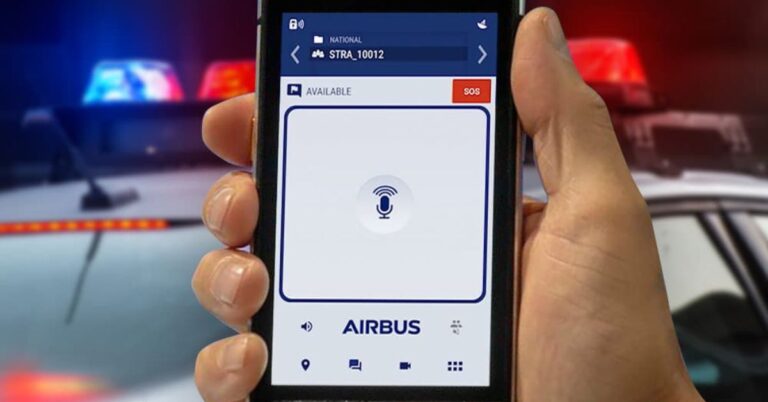How is the private network improving real-time operations and decision-making across the airport?
Speaker: Johnathan Lewis, Innovation Division Director, Miami Dade Aviation Department
Across the airport, the private network has significantly improved how we operate in real time. I’ve talked about this often, but one major example is how we’ve deployed sensors to support our moving walkways and escalators. These sensors alert us when a unit has failed.
Previously, a person would have to walk around the airport to check whether all 600-plus escalators, moving walkways, and elevators were functioning. Now, we know instantly through sensor data. Automating that process — including automatically generating a ticket with the moving-walkway contractor to dispatch a technician — is a huge step forward in business automation.
Another example involves our passenger-processing kiosks. In the past, installing a kiosk meant coring the floor for electrical and data cables, and those kiosks would be fixed in a single location. With private wireless, we’ve worked with our vendors to develop a mobile kiosk device with a 14-hour battery life. Now we can move kiosks around the airport to shape passenger flow based on real-time demand.
This kind of mobility lets us address bottlenecks dynamically. Instead of passengers forming long lines in fixed locations, we can reposition kiosks and equipment to make passenger processing flow much more smoothly. None of this would have been possible without the private wireless network and the ability to convert many formerly fixed devices into mobile, flexible assets.























































